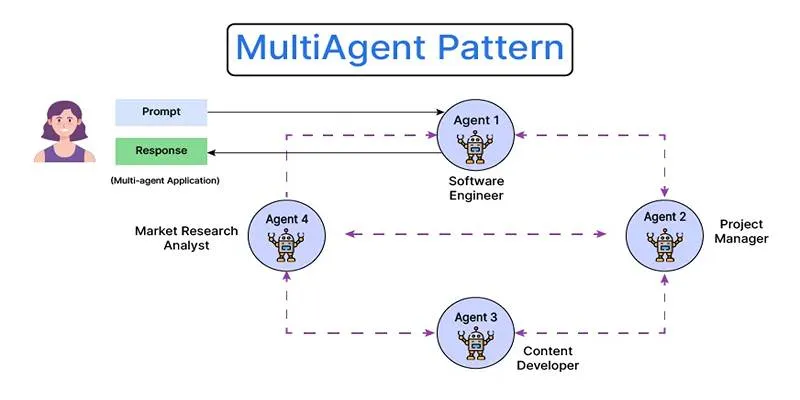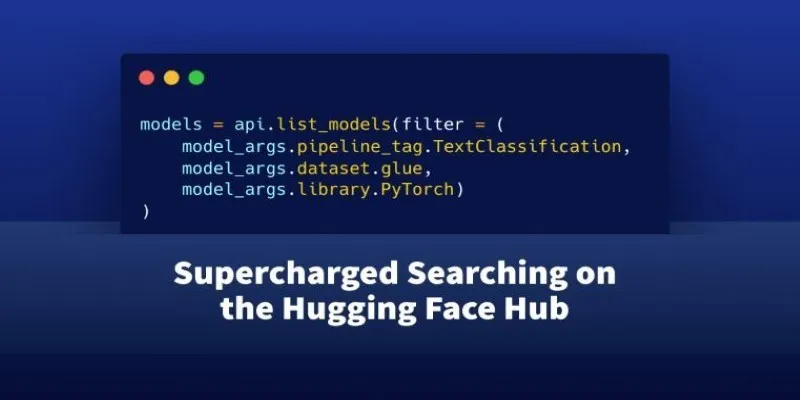At RSAC 2025, IBM made a significant splash with a bold announcement: it’s integrating agentic AI into the core of autonomous security operations. This isn’t just another minor update or a new buzzword. It’s a clear indication that cybersecurity is evolving towards systems capable of independent thought and action, rather than simply following scripts.
As cyber threats become increasingly sophisticated and rapid, security teams often find themselves overwhelmed with alerts, feeling stretched thin. IBM’s innovative approach aims to alleviate this burden by allowing AI to make decisions in real-time, enabling human analysts to focus on more critical tasks.
A New Direction: What Agentic AI Brings to Cybersecurity
At its essence, agentic AI refers to artificial intelligence that functions as an independent agent. Unlike traditional AI, which acts only when directed by humans, this AI observes its environment, makes decisions, and takes action towards specific objectives. IBM has applied this concept directly to security operations. Their system isn’t just another dashboard or analytical tool; it’s designed to monitor networks, identify risks, and respond autonomously.
This approach tackles one of the biggest challenges in modern cybersecurity: sheer volume. Organizations often face thousands of alerts daily, and human analysts, no matter how skilled, cannot manage everything simultaneously. In response, IBM developed an AI that prioritizes incidents, investigates them, and applies countermeasures when necessary. At RSAC, IBM’s engineers explained how the system detects lateral movements in networks, shuts down malicious processes, and blocks suspicious connections, all while documenting its actions for review and analysis.
Agentic AI operates differently from previous machine learning tools because it doesn’t require manual guidance at every step. Instead, it’s goal-oriented and context-aware. In practice, this means it can reduce the time between detection and response from hours or even days to just minutes or seconds. IBM demonstrated several scenarios where the AI contained ransomware infections before they could spread widely.
The Importance of Autonomous Security Operations
Cybersecurity teams have been under pressure for years. Attackers use automation to launch attacks at scales that manual defenses can’t match. IBM’s introduction of autonomous security operations acknowledges this imbalance and offers a solution to catch up.

Previous automation was rigid, adhering to fixed rules and scripts. If a situation didn’t exactly match expectations, it could fail or even cause harm. Agentic AI avoids this by continuously learning from the network it protects. It doesn’t merely react to pre-written signatures but looks for behavioral patterns suggesting compromise.
By allowing the system to handle routine and high-speed response tasks, human analysts can concentrate on more complex investigations and strategic planning. The AI effectively acts as an extension of the team, not just a tool. IBM emphasized transparency as a crucial feature: every action the AI takes is logged and explained, allowing teams to audit and refine its behavior.
Some conference attendees questioned trust. Can such a system be relied on in critical environments? IBM’s response was measured—the AI is configurable, and its autonomy can be limited in sensitive contexts. Over time, as confidence grows, more autonomy can be granted, reflecting a realistic understanding of how most organizations adapt to new technology.
Integrating the System into the Bigger Picture
IBM’s announcement aligns with a broader shift in the cybersecurity field. Over the past few years, there’s been increasing recognition that traditional defenses—firewalls, intrusion detection, signature-based antivirus—aren’t enough. Threats now come from multiple directions and evolve too quickly. Autonomous systems are seen as one way to level the playing field.
At RSAC 2025, IBM showcased integration with cloud environments, on-premise systems, and hybrid networks. They emphasized that their agentic AI was designed to operate across all these scenarios without requiring separate versions. It can even adapt to the unique quirks of each environment, tailoring its responses appropriately.
Another prevalent theme was the human-AI partnership. IBM didn’t present its system as a replacement for human security staff but rather as a force multiplier. Human oversight remains a key part of the process. For example, the AI might isolate a machine it suspects is compromised but leave final remediation decisions to analysts. This maintains human control while benefiting from the speed and precision of autonomous operations.
Looking Ahead: The Promise and the Limits
The introduction of agentic AI into security operations marks a step toward a future where defenses can keep up with attackers who already use automation and AI themselves. At RSAC 2025, IBM painted a realistic picture—one of progress, but not perfection. While the system can handle many routine incidents independently, more complex attacks still require human expertise.

IBM acknowledged that no AI system is immune to errors. False positives and false negatives can still occur, though testing has shown steady improvement. Continuous learning is a central feature of the system, meaning it becomes more effective the longer it runs in a specific environment. IBM plans ongoing updates and refinements, some of which were outlined in their RSAC roadmap session.
For now, organizations adopting this technology will likely use it in a hybrid model, with humans and AI working side by side. Over time, as confidence grows, the AI’s role may expand. IBM’s presentation concluded with a reminder that technology is only part of the solution. Strong policies, skilled staff, and a culture of security awareness remain necessary, even as tools become more advanced.
Conclusion
At RSAC 2025, IBM introduced agentic AI for autonomous security operations, highlighting significant progress in cybersecurity. Designed to act independently yet transparently, it streamlines analysts’ workloads and accelerates response times. Though not flawless, it helps close the gap between attackers and defenders. This technology offers organizations a practical way to strengthen defenses without overburdening teams, and over time, agentic AI could become a trusted ally in protecting digital systems.
For further insights into IBM’s advancements and the future of cybersecurity, explore IBM’s official blog.
 zfn9
zfn9























